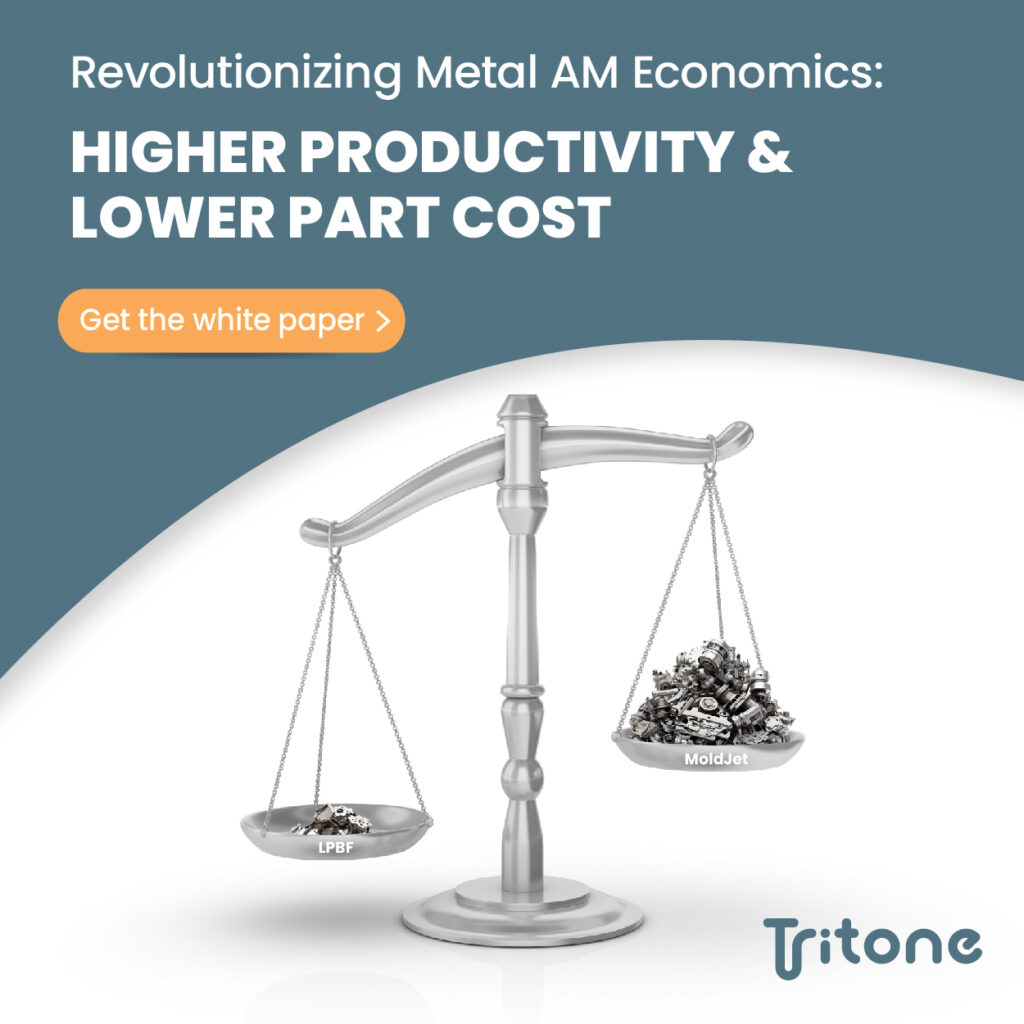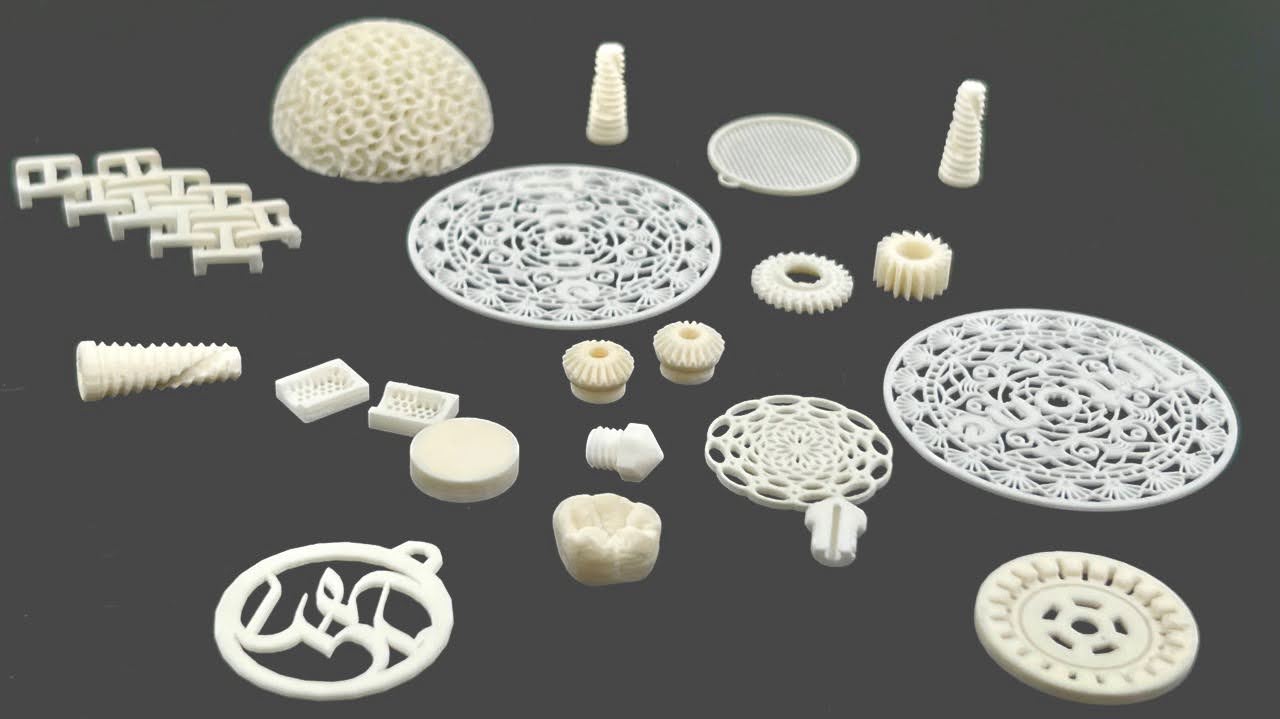
In the world of Additive Manufacturing, the choice of material plays a pivotal role in determining the final product’s properties, including its strength, toughness, and application suitability.
3D printers such as Tritone’s MoldJet technology, utilize a range of materials for specific uses, offering unique advantages in various sectors.
But what sets Tritone’s materials apart? And how do these choices reflect on the final product’s quality and applications?
In this article, we’ll delve into the array of materials Tritone uses and uncover the expansive potential of Metal AM, shedding light on its ability to cater to the needs of diverse industries.
Capabilities of 3D Printers
3D printers that print metal introduce a revolutionary approach to fabricating metal components. Tritone’s MoldJet technology exemplifies this innovation, enabling the industrial production of high-quality metal and ceramic parts. This technology supports a wide range of industries, including aerospace and medical, among many others.
MoldJet distinguishes itself by eliminating the use of loose powder. This is a different approach from most other methods (Binder Jetting and LPBF) that require the use of loose, and hazardous powders. This shift not only broadens the scope of manufacturable parts but also positively affects the mechanical strength, surface finish, and overall performance of the components. MoldJet’s method offers distinct advantages in metal AM.
Enhanced Mechanical Properties
The paste-based feedstock used in MoldJet’s process allows for a more controlled deposition of material, leading to parts with denser microstructures. This density improves the mechanical properties of the materials, such as tensile strength, and durability. For example, stainless steel processed through MoldJet exhibits increased toughness and resistance to deformation under stress, making it ideal for high-load applications in the aerospace and automotive industries.
Increased Material Versatility
The paste-based process is inherently robust and tolerant to a wide range of materials, including some that are challenging to powder bed processes. This versatility allows MoldJet to work with a diverse set of materials, from copper-based materials known for their thermal and electrical conductivity to ceramics like alumina and zirconia, which offer exceptional wear resistance and strength at high temperatures. By enhancing the processability of these materials, MoldJet opens up new applications in the electronics, energy, and industrial sectors.
Consistency
MoldJet’s technology ensures consistent material properties across the entire part, leading to more predictable outcomes. This consistency is crucial for applications demanding precise material characteristics, such as corrosion resistance in chemical processing equipment or biocompatibility in medical devices. The paste-based process minimizes the variability seen in powder-based methods, where factors like powder particle size and distribution can affect the final product’s properties.
Comparing Materials in 3D Printers That Print Metal & Ceramics
3D Printers That Print Metal enables the creation of parts using a wide array of materials, each with unique properties and applications. Here’s a comparison of the various materials used in Tritone’s 3D printing system:
Ceramic
- Alumina (Al2O3): Alumina is a highly versatile engineered ceramic valued for its robust properties suitable for various applications. It excels in high-temperature environments and resists chemical wear, making it ideal for challenging conditions. Alumina’s electrical insulation and gas-tight features also make it a top choice for electronic components. It is commonly used in spark plugs, requiring high thermal resistance, tap washers, abrasion-resistant tiles, and cutting tools, where its hardness and wear resistance are essential.
- Zirconia: Zirconia sets itself apart with its remarkable strength and density, offering enhanced toughness compared to alumina. This material is less prone to brittleness, providing higher fracture toughness (3 to 4 times that of alumina) and flexural strength, making it well-suited for roles where durability and a bit of flexibility are necessary. Its standout performance in wear resistance and its adaptability make zirconia a preferred material for dental frameworks, among other applications that demand both resilience and precision.
- Silicon Carbide: Silicon carbide stands out for its use in extremely high-temperature applications, rivaling the hardness of diamond and silicon nitride. Its versatility sees it employed in a variety of roles, from armor and jewelry to the production of abrasives and semiconductors. This speaks to silicon carbide’s unique position in the realm of specialty ceramics.
Stainless Steels
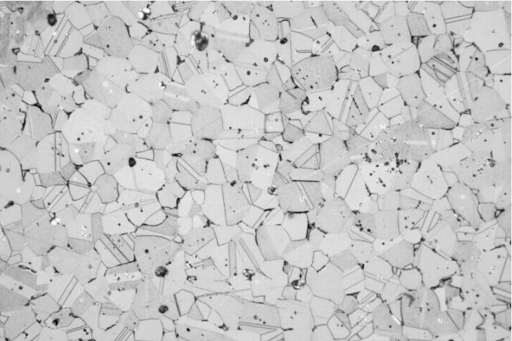
316L Stainless Steel
- 316L: This grade stands out for its exceptional corrosion resistance and toughness, even at cryogenic temperatures. Its low carbon content improves weldability, making it ideal for chemical processing, medical devices, and marine applications.
- 17-4PH: Offers exceptional strength and hardness through heat treatment. Its corrosion resistance and machinability make it a favorite in petroleum, chemical, and aerospace industries.
- 15-5PH: Designed for high strength and good corrosion resistance. Suitable for aerospace, petrochemical, and food processing industries, its hardness is fine-tuned through heat treatment.
Tool Steels
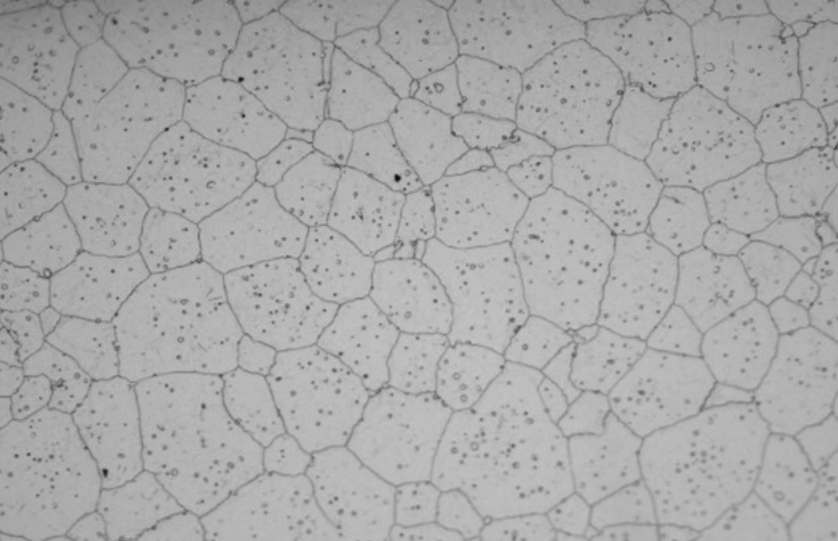
H13 Tool Steel
- H13: Known for its high toughness and resistance to fatigue, H13 tool steel surpasses others in hot and cold work tooling applications due to its durability and strength.
- M2: This material is characterized by its very high hardness and wear resistance, making it ideal for cutting and forming tools.
Low Alloy Steels
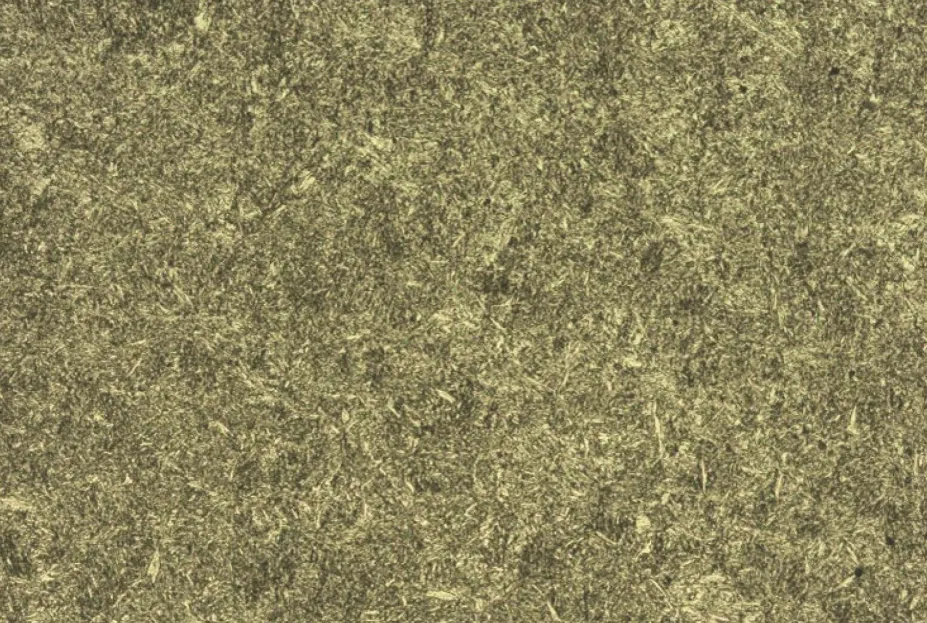
4340 Alloy Steel
- 4340: With high toughness and strength, 4340 is often used in critical structural applications such as aircraft landing gear. Its ability to be hardened beyond 53HRC makes it exceptionally durable.
- 4140: This low alloy steel is versatile, known for its high fatigue strength and resistance to abrasion and impact, suitable for a wide range of industrial applications. It can be heat treated in various treatments to achieve various properties.
Super Alloy - Inconel 718
- Inconel 718: A nickel-based super alloy, perfect for high-strength applications at temperatures from cryogenic to 760°C. Used in jet engines and gas turbines.
Specialty Metals
- Ti-64 (Ti6Al4V): As the most widely used Titanium alloy, Ti-64 offers a blend of strength, corrosion resistance, and biocompatibility, making it indispensable in aerospace, marine, and medical applications.
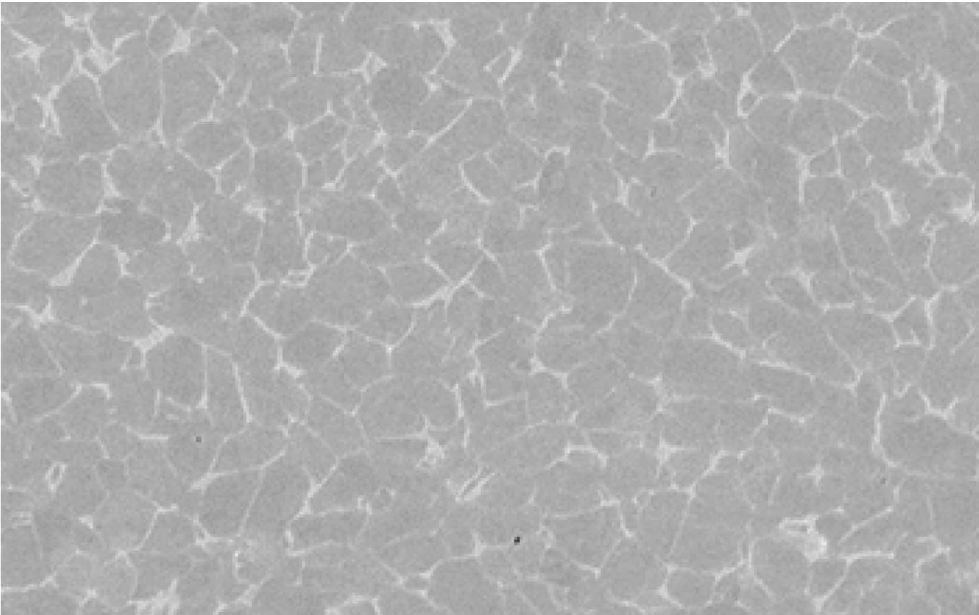
Ti-64 Titanium
- Pure Copper: Copper offers unparalleled thermal and electrical conductivity, strength, ductility, and corrosion resistance, making it ideal for electrical applications, heat sinks, and even decorative purposes.
- Bronze: A copper-tin alloy renowned for its durability, wear, and corrosion resistance, making it suitable for structural components like pump housings, blade wheels, and hydraulic turbines.
The Broadening Potential of 3D Printers that Print Metal
The examination of different materials suitable for metal AM, from durable stainless steels to ceramics such as alumina and zirconia, underscores the practicality of 3D printers that print metal.
Through the lens of Tritone’s MoldJet technology, we see the potential for metal 3D printing to support a range of industrial applications with efficiency, repeatability, and safety. The shift to a paste-based system from powder methods presents an opportunity to address some of the manufacturing challenges, such as material waste and the health risks associated with metal powders, showcasing a conscious step towards more responsible manufacturing practices.
For manufacturers considering the adoption of metal 3D printing, Tritone’s technology represents a viable option worth exploring.
Want to learn how Tritone’s MoldJet technology can fit into your manufacturing strategy? Contact our experts today to discover the practical applications and material efficiency this technology can bring to your production processes.
